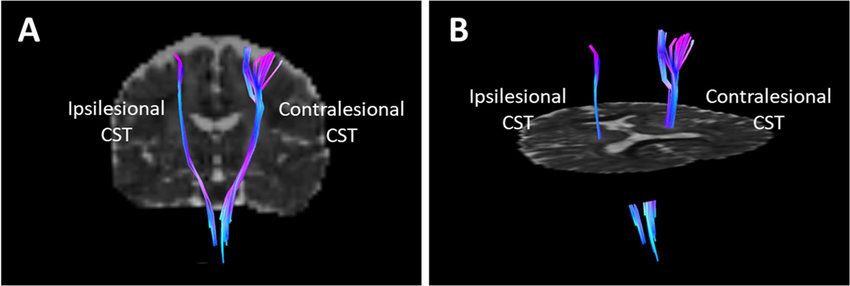This phrase echoes the experience of many stroke patients when their doctors deliver discouraging news about arm and hand rehabilitation post-stroke. The challenges in rehabilitating the upper limbs surpass those of lower limb recovery, encompassing a range of neurophysiological and behavioral factors.
The cortico-spinal tract emerges as a key player in arm and hand motor function post-stroke, increasingly studied for its pivotal role. Unlike the lower limbs, the upper limbs bear the burden of intricate motor behaviors that have evolved over time, demanding anatomical and physiological support from the central nervous system. As a result, the motor cortex becomes crucial for arm and hand control, presenting a significant hurdle in rehabilitation post-stroke.
In contrast, lower control centers tied to the spinal cord have taken on a more prominent role in walking throughout evolution. Unlike the upper limbs, injuries affecting the motor cortex in walking may not yield as severe functional consequences due to the distributed nature of control centers. However, damage to the cortico-spinal tract significantly hampers the recovery prospects for arm and hand mobility post-stroke.
Understanding these nuances sheds light on the complexities of post-stroke rehabilitation, emphasizing the critical role of neurophysiological and behavioral factors in the recovery journey. The journey towards regaining arm and hand mobility post-stroke requires a comprehensive approach that considers these intricate dynamics for optimal outcomes.
We often encounter patients with lesions that affect the cortico-spinal tract partially, allowing part of it to remain functional. This is where behavioral aspects play a crucial role. Here’s what we observe:
– Therapy is sometimes limited due to doubts about its effectiveness.
– Patients may receive misguided advice, like avoiding strength exercises to prevent spasticity.
– Some interventions prioritize managing spasticity over enhancing motor control and synergies.
– Evidence-based techniques are underutilized, limiting recovery outcomes.
– Lack of patient engagement and family support hinders progress.
Rehabilitation post-stroke is intricate but can lead to significant functional improvements.
Specialized units and trained professionals are vital for optimal outcomes.
Settling for minimal progress is unwarranted, as thorough neurophysiological assessments and tailored neurorehabilitation programs offer hope for recovery.


